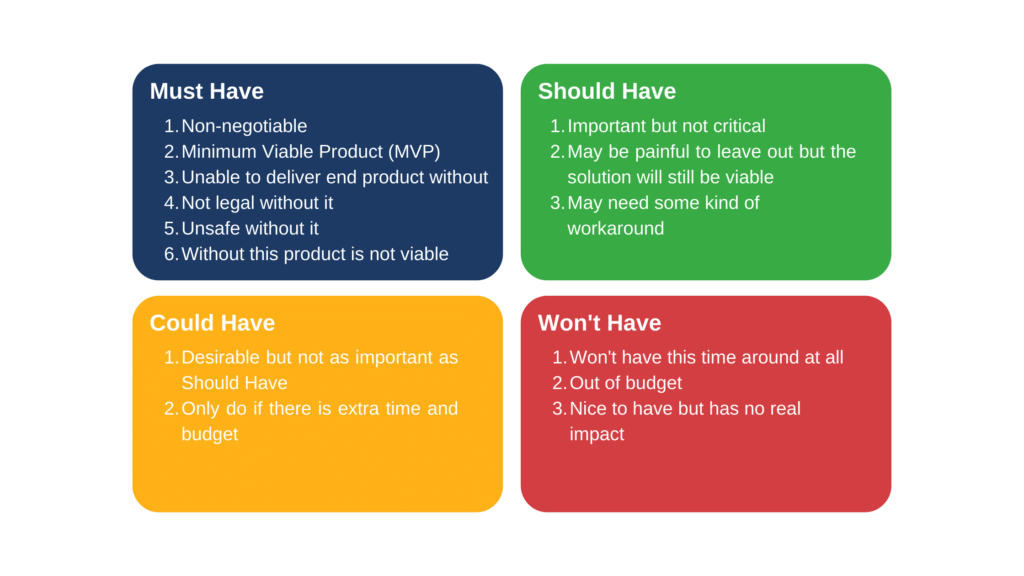Software Development and Application Development projects can be time-sensitive and consume valuable corporate resources. For decades software teams have searched for process enhancements to improve speed to market and reduce unnecessary rework.
In a time when digital transformation is the heartbeat of business innovation, taking the time to define an MVP (Minimal Viable Product) is essential. An MVP is a functioning product that has enough features to attract early-adopter customers to validate the application early in the product development cycle. More importantly, an MVP allows product development teams to receive buyer feedback which creates an agile development environment.
An often-overlooked technique is to implement an MVP early in the ideation process, rather than trying to manage feature and scope creep while in development. This is important to not only reduce development time but also to increase product launch success.
The 80/20 rule (known as the Pareto principle) notes that 20% of the effort is responsible for 80% of results. The rule also implies that most of the effort goes off into the least efficient practices accountable for roughly one-fifth ( ⅕) of the outcome. In software development projects, the rule is rephrased that 20% of features satisfy 80% of user needs. For that reason, agile teams always aim to define and include that desired 20%. The goal is to determine what “minimum viable” can stand up to customer demand, resulting in no less than a regular user would need.

Here are 3 steps to define and manage a successful MVP:
- Prioritize based on Customer Feedback: By listening to customers or asking them to rank key features, your MVP will be more likely to be successful. During this stage of formulating product design, knowing what features are included in the MVP is essential. One way to do this is to classify features by following the MoSCoW approach for Must-haves, Should-haves, Could-haves and Won’t-haves. Most importantly, knowing which features will attract early-adopter customers will ensure the MVP’s success early in the product development cycle.

- Gain Stakeholder Input Often: Misaligned expectations about what will make the MVP version, and what will be pushed to the final production version is often where most agile development projects go astray. Continuous feedback loops with an eye towards MVP functionality and customer acceptance testing is paramount. One way to manage this is through WIP Management. WIP stands for Work in Progress which estimates the amount of work that has been started and what is not yet completed. As you work on your MVP (and as overall best practice) you must keep your WIP to a minimum. An MVP that has 8 features completed can go to production, while an MVP that has only 80% of all 10 features completed cannot go to production and this is where many teams fail.
- Iterate As You Go: Iterative assessment and prioritization of features and capabilities should occur throughout the MVP development cycle. Agile Software Development is a complex process, the results of which cannot be managed like well-defined processes, i.e. those found in discrete manufacturing environments. To maximize quality and minimize risk, the principles of empirical process control – Visibility, Inspection, and Adaptation – must be used to govern the implementation process. So keep iterations short and inspect what you expect; incorporate the feedback and adapt to the changes.
If your business is struggling to complete digital transformation projects, we recommend finding support with a knowledgeable partner you can trust. Utilize our Guide to Finding the Right Technology and Digital Innovation Partner for insights on finding the right one to fit your needs. IT resources are always taxed, but as the economic conditions worsen there will be increased pressure on both resources, and the need to innovate business models and systems.




